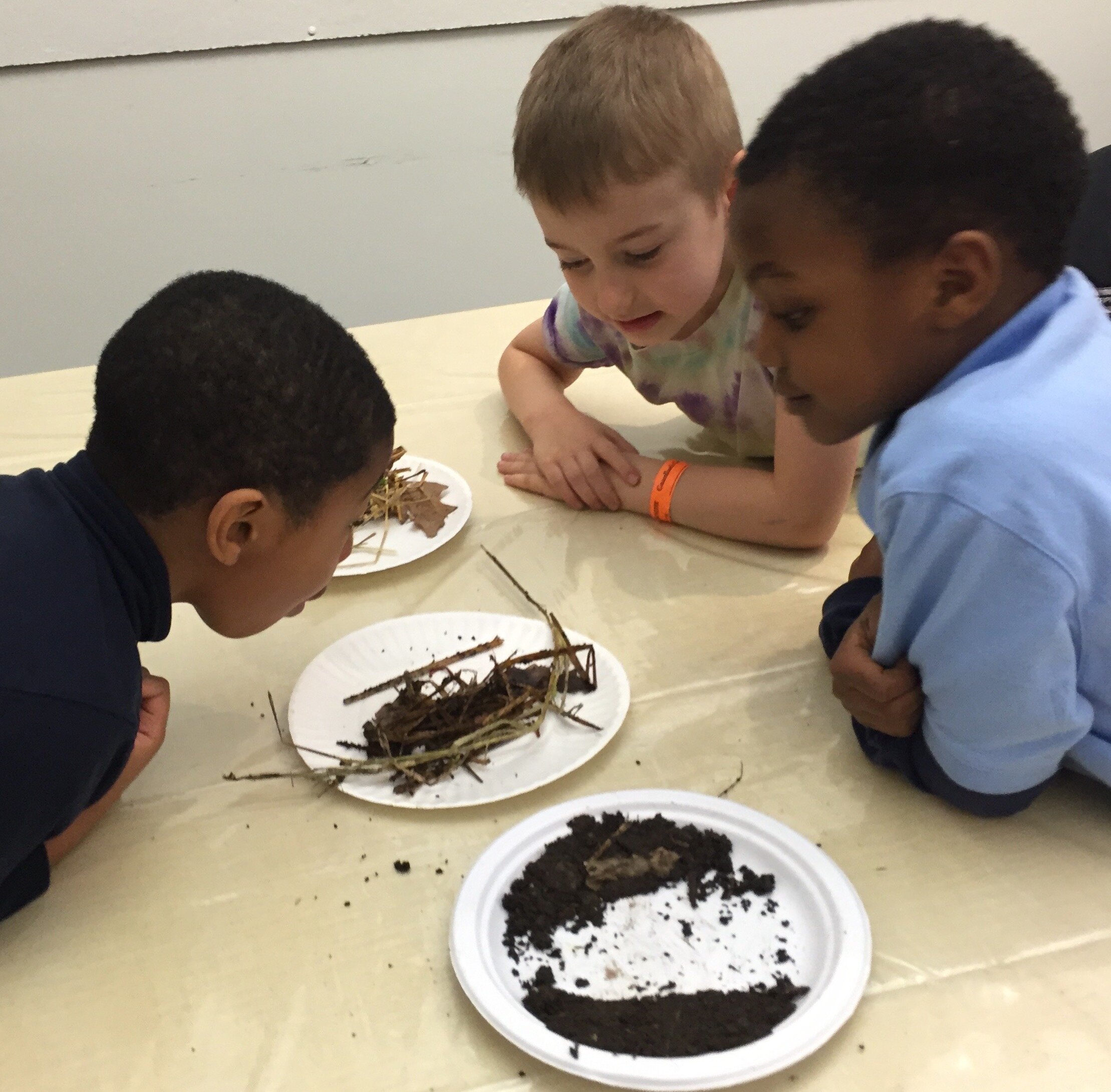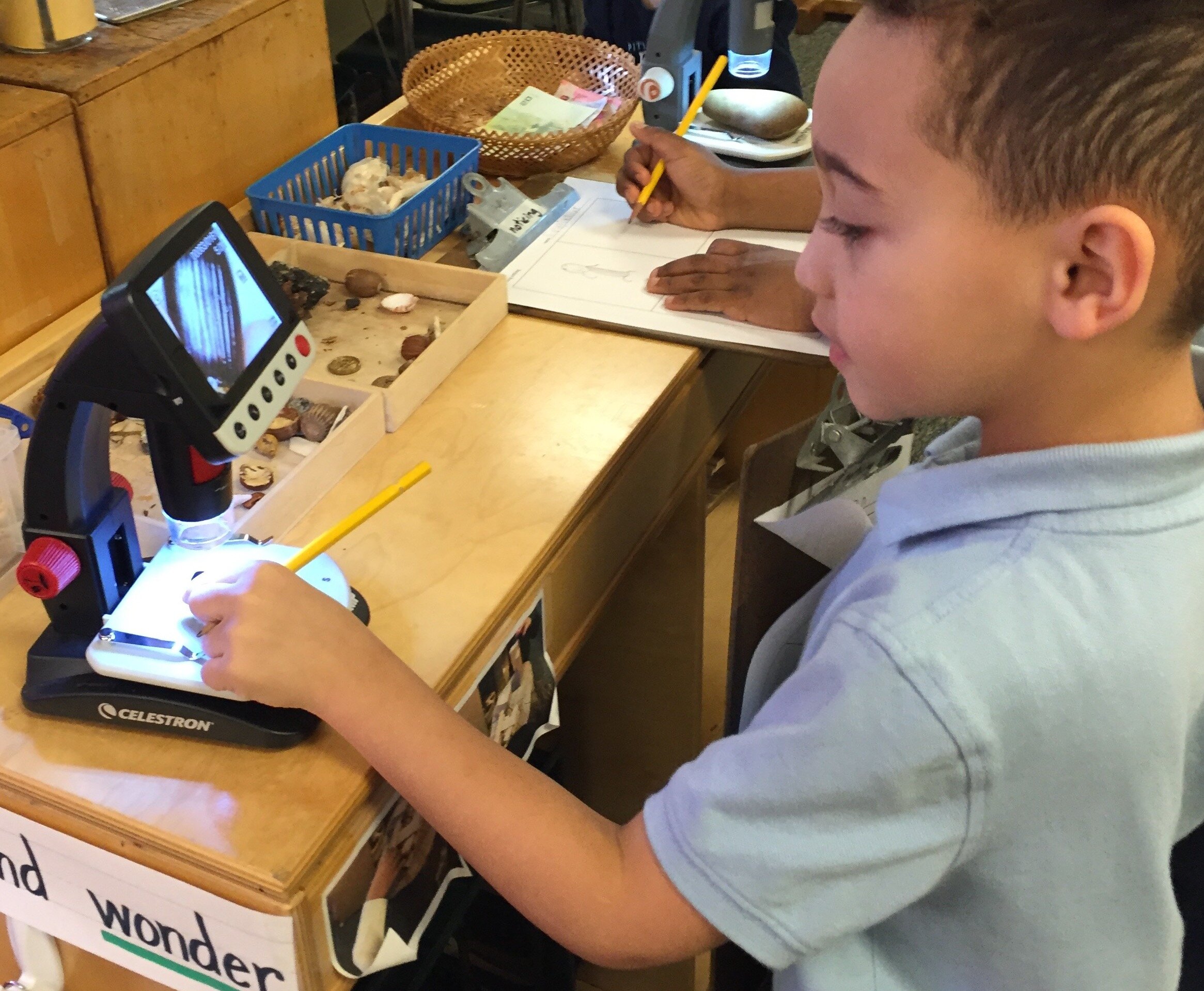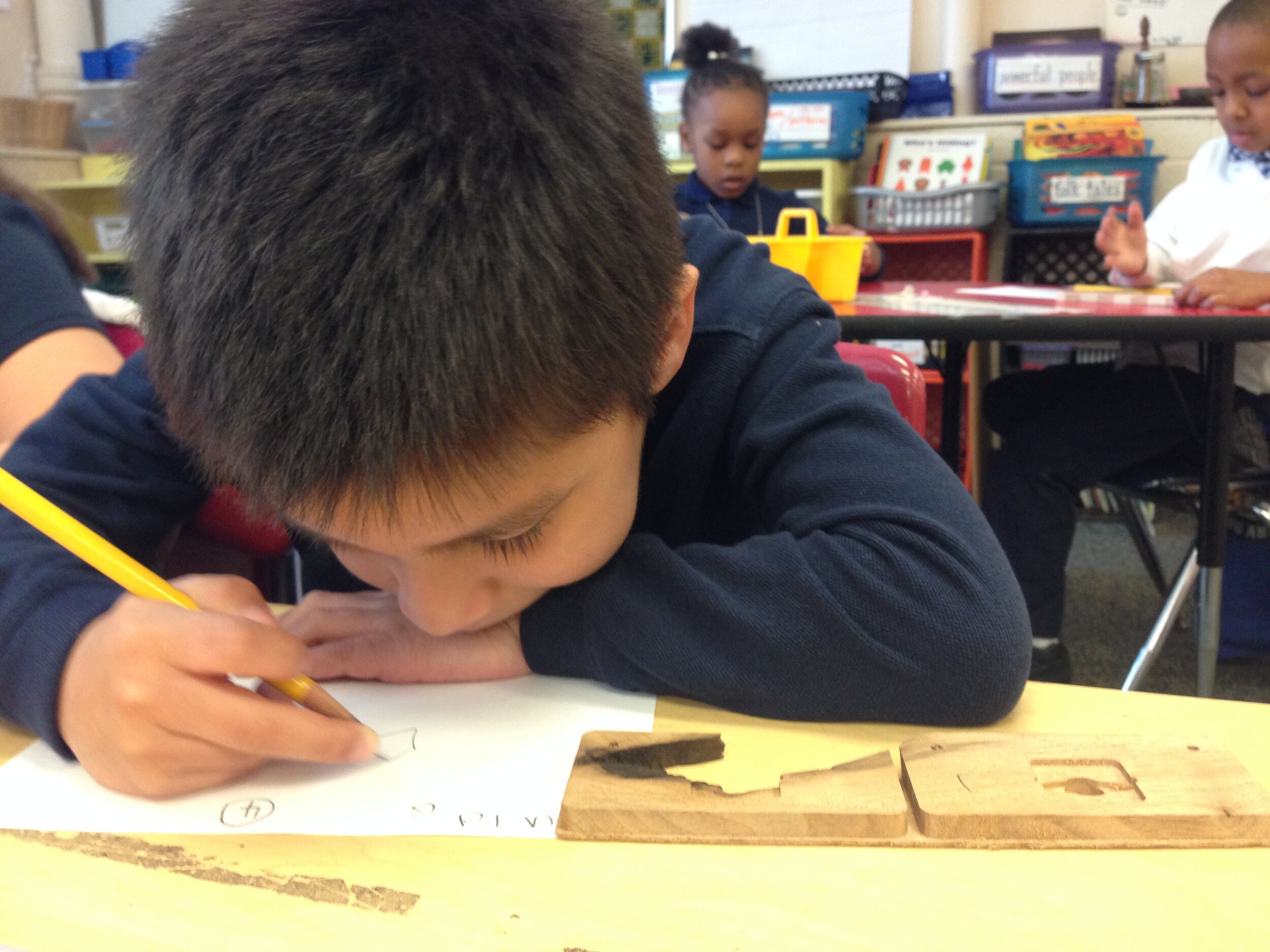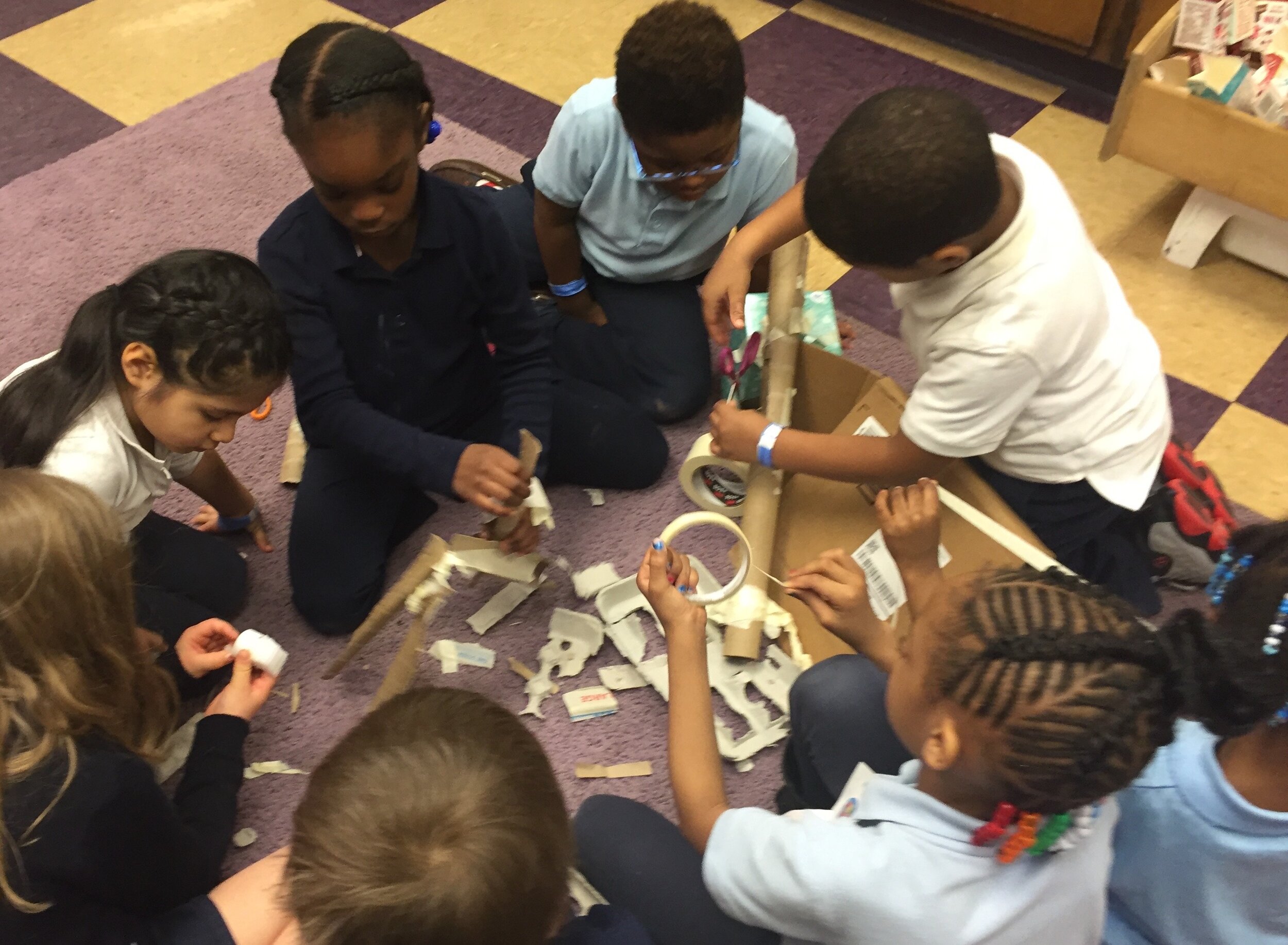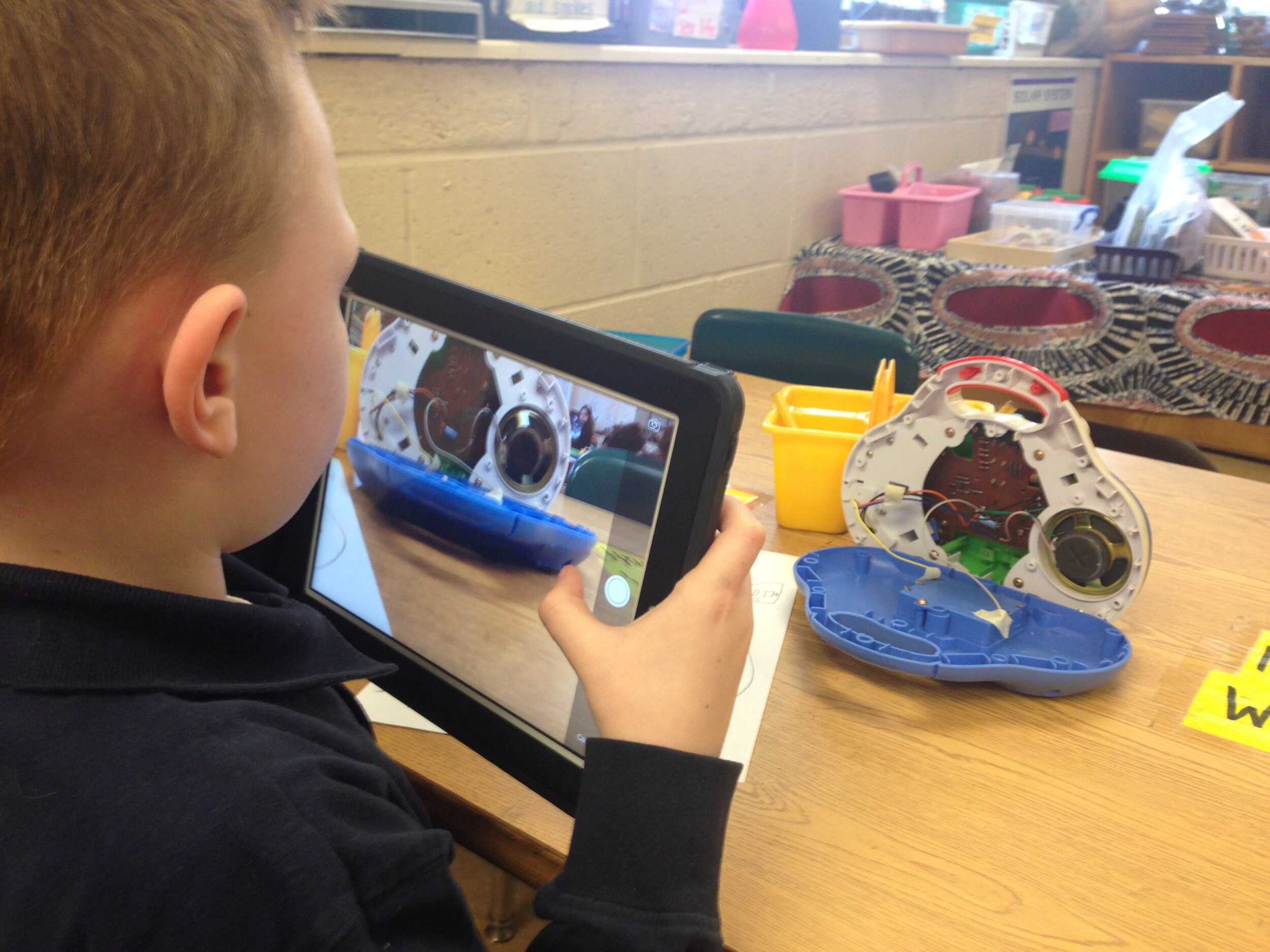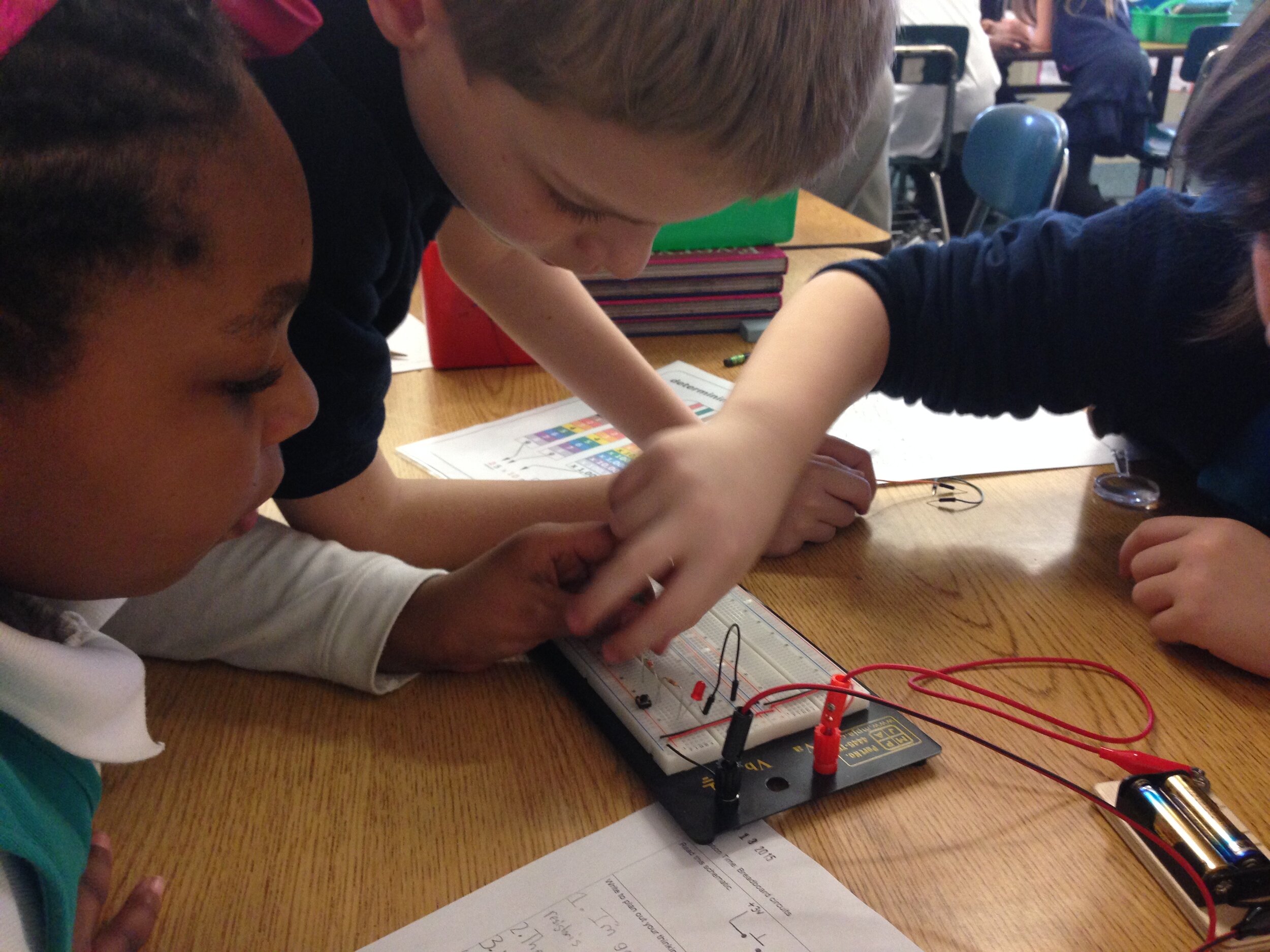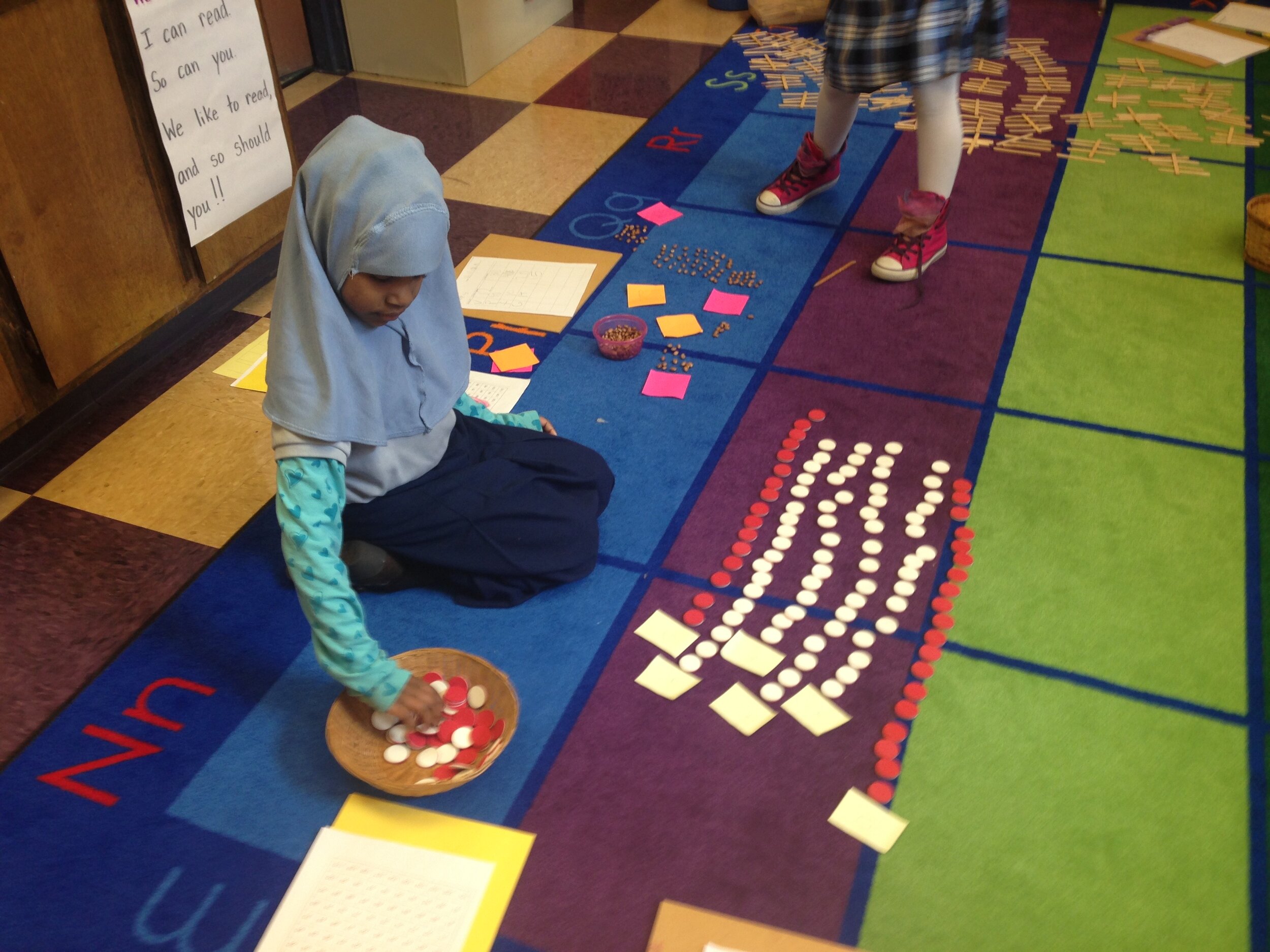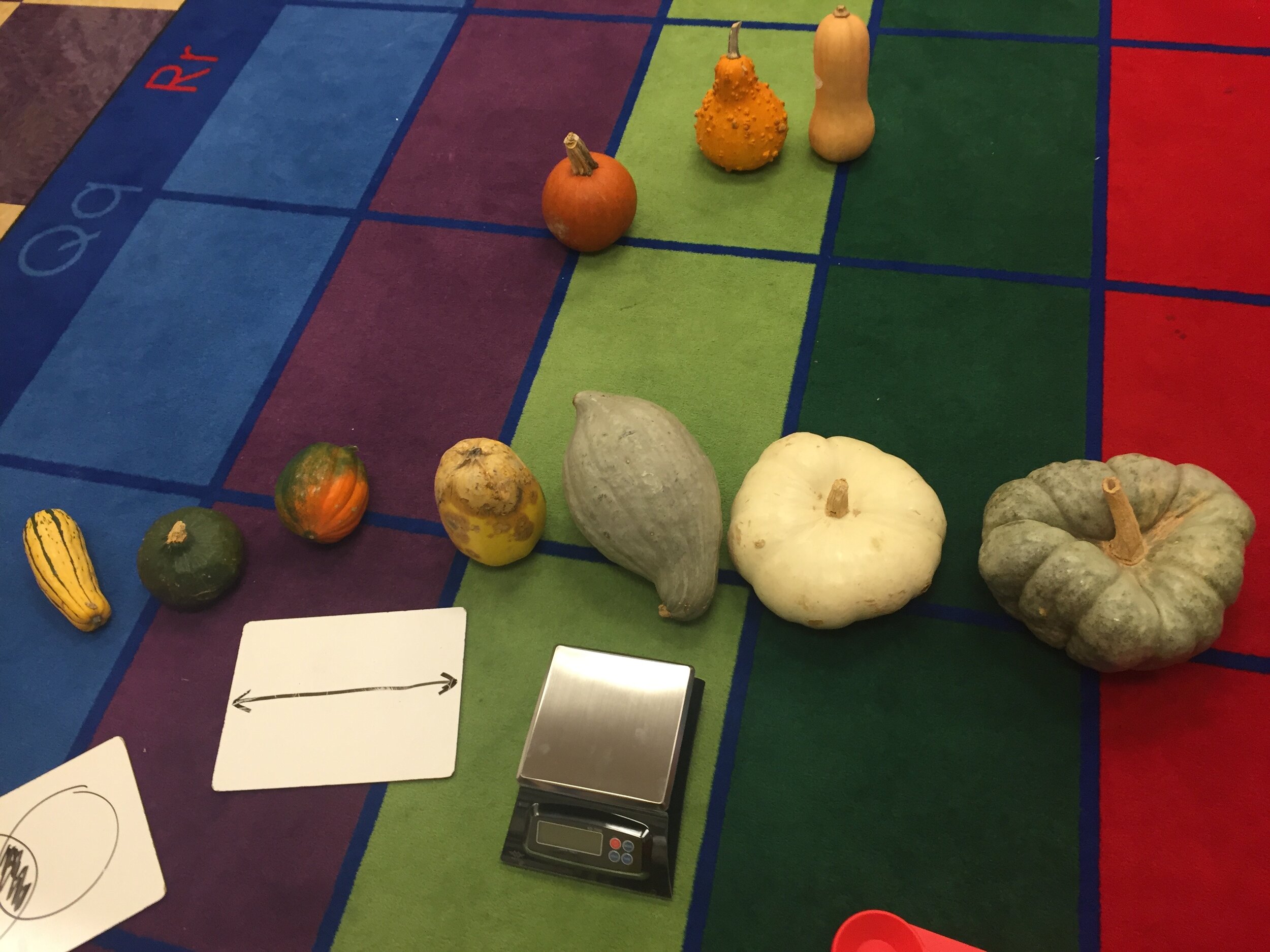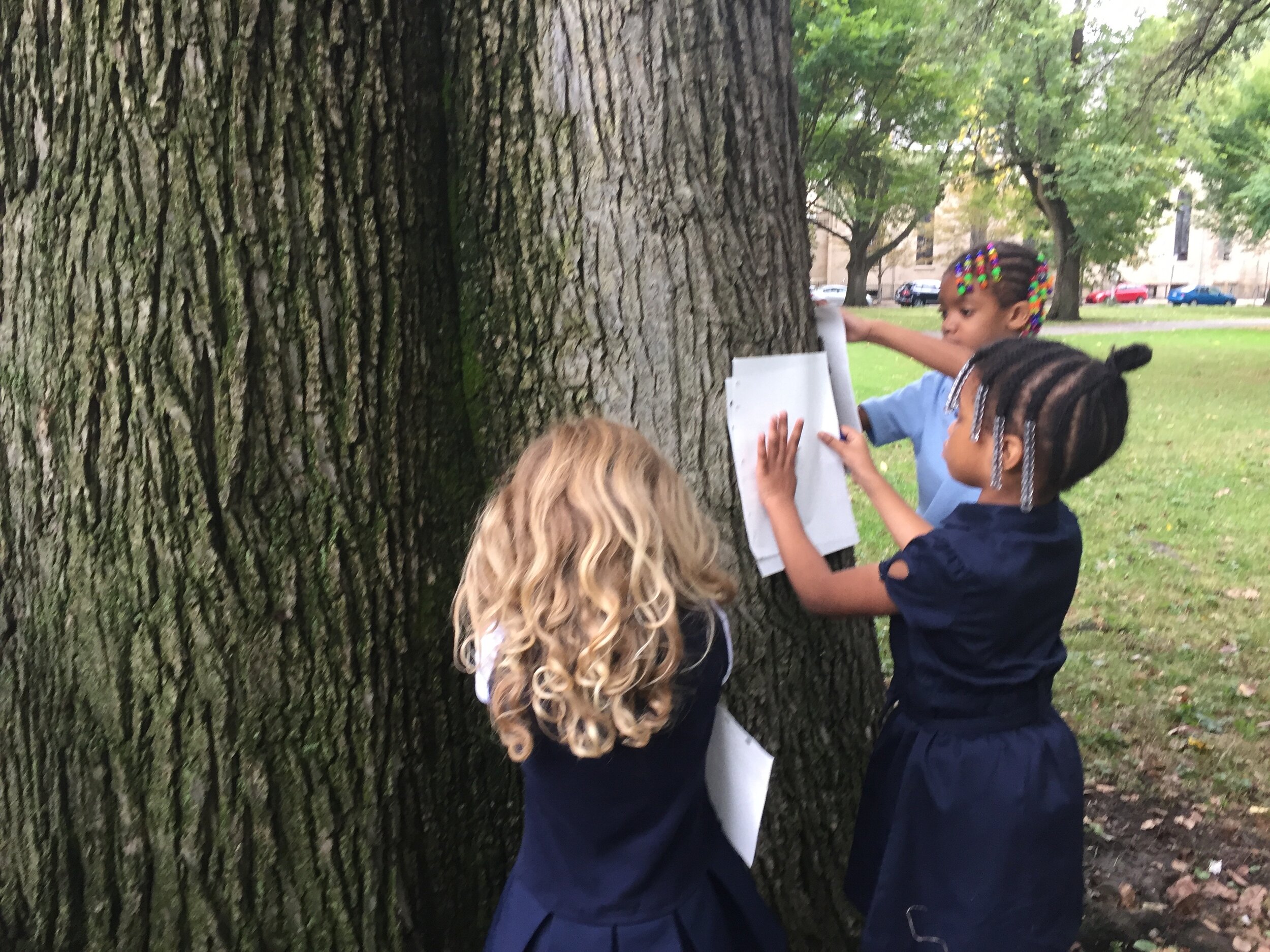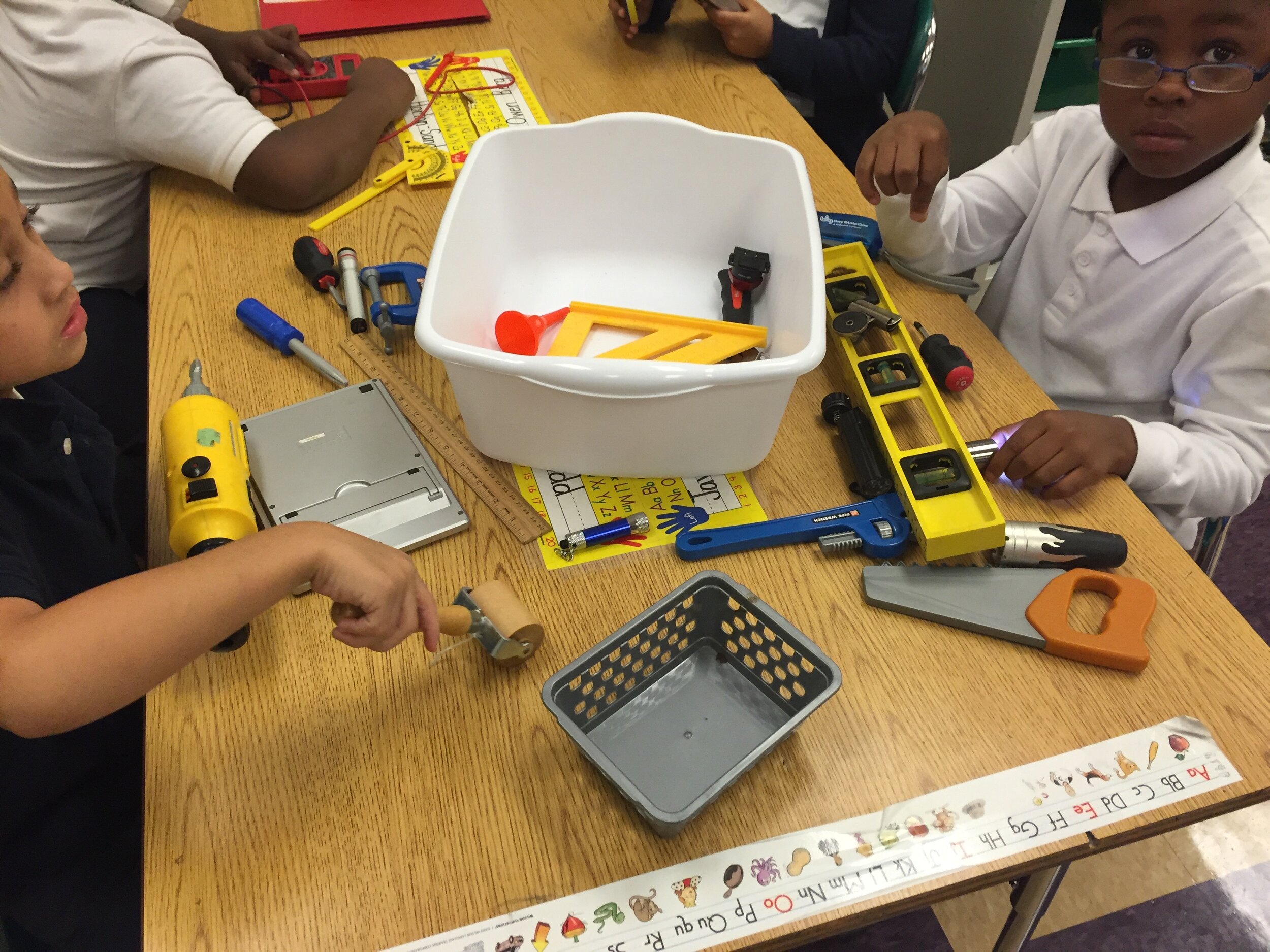children’s learning
I have spent my career learning about learning. Learning in classrooms. Learning in museums. Learning in communities. Learning through play. Learning full of feelings. Learning that’s joyful and rigorous. Learning that’s sometimes hard to see. Learning that’s messy. Learning through boredom. Learning from wonder. Learning that’s slow. Learning that’s deep. Learning based in noticing what’s there. Learning grown from the inside of who you are. Learning that matters.
At its core, learning is about growing into the fullest expression of who you are and authentically connecting with others in the world.
I guide and support you to allow holistic, joyful, intrinsically-motivated learning for all children.
Children come to this world curious and whole. As adults, what we do and say—and what we don’t do and don’t say—are essential to allow children the space they need to grow as the fullest expressions of who they are. This is at the core of equitable learning… freedom and expansive joy to be all of who you are.
When we create products, curriculum, teaching approaches, learning spaces and experiences, we must design in ways that allow all children to find and follow their own curiosities from the wholeness of who they are.
It’s important that we DON’T:
Over-structure, over-plan, or over-scaffold learning
Be afraid of children’s boredom
Use gimmicks to spark learning or entice “engagement”
Overly focus on regulation and management of feelings
Rely on external rewards
Think new curriculum (even with an equity and/or SEL focus) is enough to shift how children experience themselves as learners; curriculum shifts are necessary, but they aren’t sufficient
It’s important that we DO:
Allow open-ended space for play-based learning
Allow boredom as an idea and space for not-knowing
Offer opportunities for authentic engagement with ordinary materials
Encourage all feelings as significant material for learning
Consistently show that learning is valuable in and of itself
Engage children (and educators) in deep noticing-based reflection about processes of learning during learning
What learning interests you?
Intrinsic, Curious, Playful
You want to foster and support learning that’s…
Intrinsically motivated (without external reward systems)
Not afraid of boredom or not-knowing
Based in deep practices of play (not as something separate or for some of the time)
Open-ended and interdisciplinary (with students leading the inquiry)
Joyful, connected, relationship-based, from love
Feelings as Material
You want to nurture learning spaces that…
Grow from foundations of wholeness of all beings
Allow all feelings to be felt, expressed, and engaged
Encourage expression of feelings through multiple modalities, especially forms outside of words
Delight in what we can learn from our bodies, spirit, and energetics beyond our minds
Shift old ways of thinking about “behavior,” “management,” and “control” towards authentic expressions of joy and soulful wholeness
Learning at Home
You want to find ways for your child/ren to…
Experience and talk about boredom
Moderate their use of digital devices and apps/games
Play in open-ended ways following their curiosities
Motivate their own learning (without extrinsic rewards)
Use ordinary at-home resources for learning
Allow, appreciate, and process their feelings
Take risks, make mistakes, be wrong, and not know
Feel confident and whole as themselves
Learning Products and Services
You want to create beautiful, ethical, responsible learning products and services for children that…
Provide them with unique ways to explore, be curious, play, invent, and be their full selves
Don’t have gimmicks (to entice, advertise, or control behavior)
Are designed without external rewards or persuasive algorithms (no stars, smileys, point systems, motivating beeps, etc.)
Support children’s inner wholeness and well-being, merge rigor and play, inspire life-long joyful curiosity and agency in the world
Innovation Learning
You want to support innovation, technology learning, STEAM, and computational logic development through…
Deep connections between digital and analog processes
Interdisciplinary approaches that merge technology learning with other subject areas (and computational thinking beyond digital spaces)
Human relationships
Play-based, constructivist approaches
Open-ended process for innovation as finding something new inside something known (grown from children’s curiosities)





